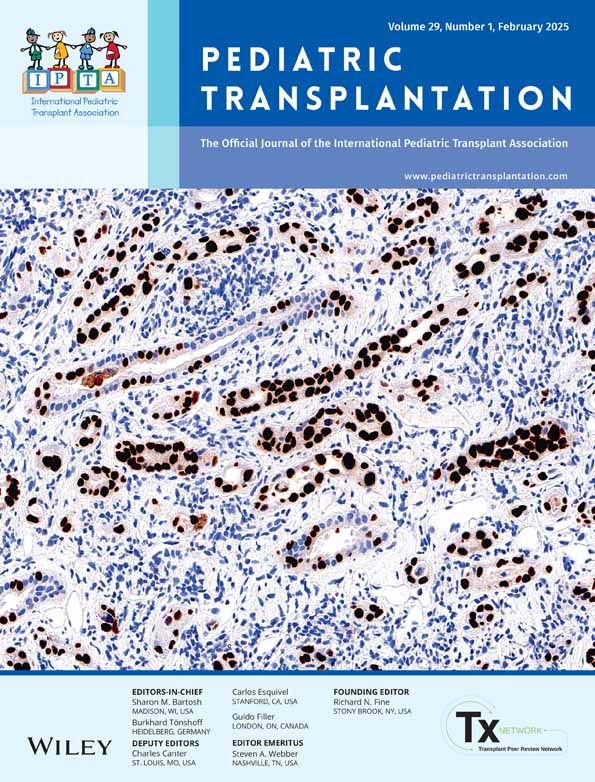Prognostic Value of Combined Detection of MMP-7 and ALP Levels in Children With Biliary Atresia Post-Kasai Surgery
Funding: The authors received no specific funding for this work.
ABSTRACT
Objective
Biliary atresia (BA) remains a prevalent indication for pediatric liver transplantation (LT). We investigated the prognostic value of the serum matrix metalloproteinases 7 (MMP-7) and alkaline phosphatase (ALP) level combined detection for BA children post-Kasai surgery.
Methods
This study retrospectively enrolled 85 BA children who underwent Kasai surgery. They were divided into the native liver (NL) and LT groups based on their three-year postoperative prognosis. Serum MMP-7 and ALP levels were measured by ELISA. The relationship of intraoperative serum MMP-7 and ALP levels with preoperative gamma-glutamyltransferase (GGT), and their impact on the risk of postoperative LT were analyzed by Pearson's correlation coefficient and Kaplan–Meier curves. The independent risk factors (IRFs) for postoperative LT and the predictive value of the serum MMP-7 and ALP level combined detection for postoperative LT in BA children were analyzed by Cox regression analysis and receiver operating characteristic (ROC) curves. MedCalc software compared the areas under the ROC curves (AUC).
Results
Significant differences were observed between the two groups in BA classification, postoperative jaundice clearance rate, and cholangitis occurrence. Intraoperative serum MMP-7 and ALP levels were higher in the LT group and positively correlated with preoperative GGT. High MMP-7 and ALP levels were IRFs for postoperative LT, while significant jaundice clearance was a protective factor. Combined MMP-7 and ALP detection (0.926 AUC, 91.30% sensitivity, 87.18% specificity) significantly improved the prediction for LT.
Conclusion
High MMP-7 and ALP levels are IRFs for post-Kasai surgery LT in BA children, with their combination providing superior predictive value.
Conflicts of Interest
The authors declare no conflicts of interest.
Open Research
Data Availability Statement
The data that support the findings of this study are available from the corresponding author upon reasonable request.




